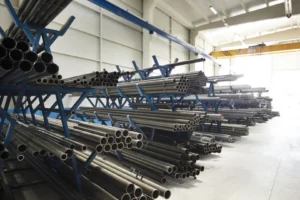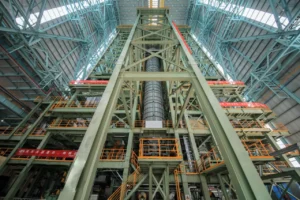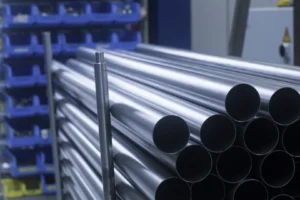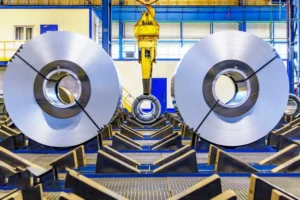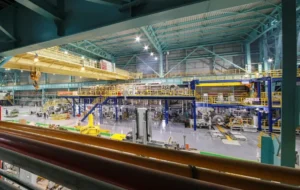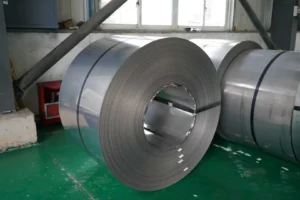High-Efficiency CRFH Coils Manufacturing Process: Optimized for Quality
Struggling with inconsistent material performance? This uncertainty in your supply chain creates production delays and quality issues. At MFY, we eliminate these risks with a precision-driven manufacturing process.
A high-efficiency CRFH (Cold Rolled Full Hard) coil manufacturing process is optimized for quality by integrating advanced automation, real-time monitoring, and stringent quality control at every stage, from raw material selection to final product evaluation. This ensures superior consistency, strength, and performance.
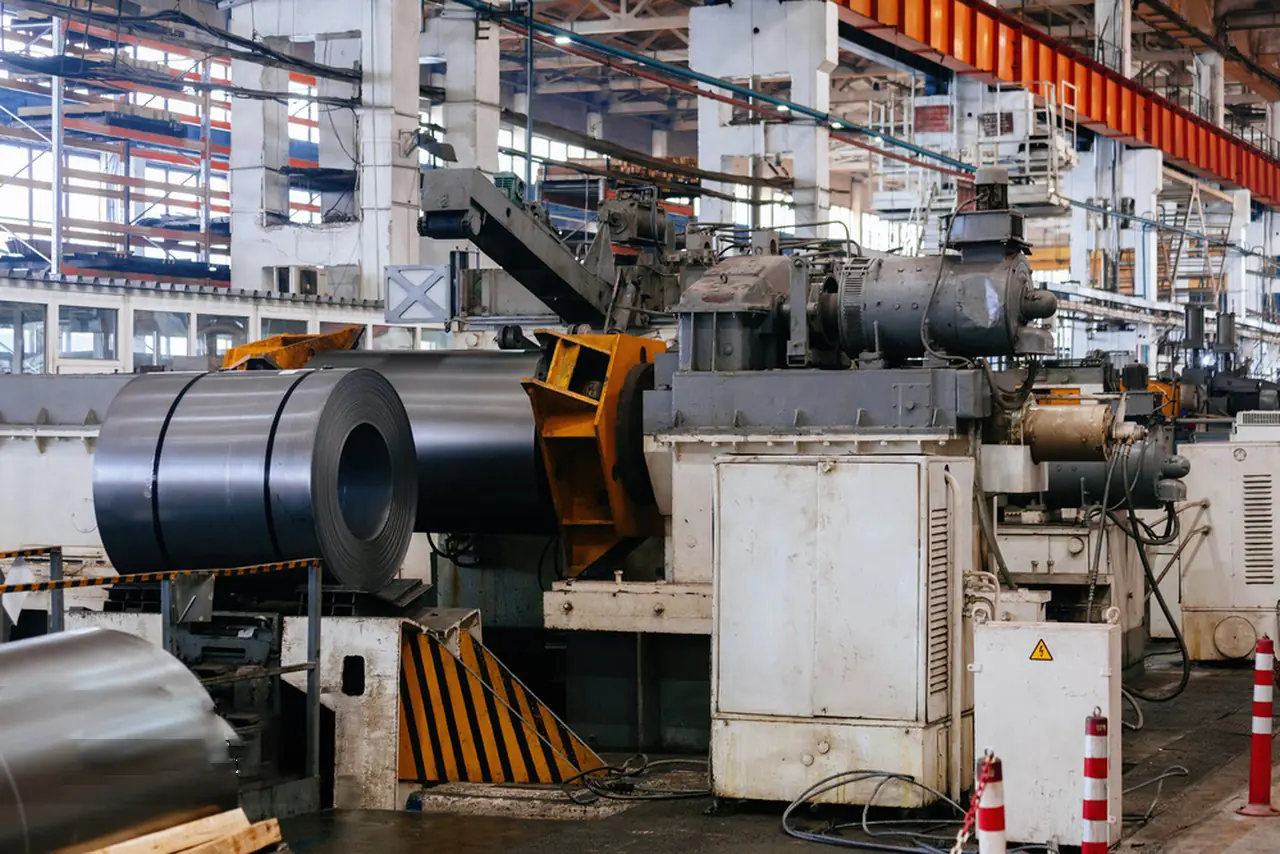
In my years as Global Business Director at MFY, I’ve seen firsthand how the demand for high-performance materials has reshaped our industry. It’s no longer enough to simply produce stainless steel; the real challenge is to deliver it with unparalleled consistency and reliability. This is especially true for CRFH coils, which are the backbone of so many critical applications. Let's explore how we've engineered our process to not just meet but exceed the toughest global standards, turning advanced technology into a tangible competitive advantage for our partners.
What Are CRFH Coils and Their Key Applications?
Need a material with maximum strength for demanding applications? Using the wrong steel grade leads to product failure and costly recalls. We provide CRFH coils engineered for superior structural integrity.
CRFH coils are cold-rolled steel that has not been annealed, resulting in a "full hard" temper. This gives them maximum hardness and strength, making them ideal for applications requiring structural rigidity and surface quality, such as automotive components, appliances, and construction materials.

Let's dive deeper into why this material is so critical. The term "full hard" isn't just jargon; it describes a specific metallurgical state. When we cold-roll the steel, we are work-hardening it, which means we are changing its crystal structure to make it stronger and harder. By skipping the annealing[^1] (softening) process, we lock in that maximum strength. This makes CRFH coils the go-to choice where formability is less important than raw power and a pristine surface finish. I remember a client in the automotive sector in Germany who was struggling with panel consistency. They switched to our CRFH coils, and the immediate improvement in their stamping process and final product quality was remarkable. It’s a perfect example of matching the right material to the right application.
Key Application Areas
The unique properties of CRFH coils make them indispensable in several key industries:
- Automotive: Used for structural parts like beams, pillars, and reinforcements that don't require deep drawing but need to provide crash protection.
- Construction: Ideal for roofing, siding, and structural panels where durability and load-bearing capacity are essential.
- Appliances: The smooth, hard surface is perfect for the casings of washing machines, refrigerators, and other "white goods."
Why Properties Matter
| Property | Benefit for Application |
|---|---|
| High Hardness | Resists dents and scratches, crucial for appliances and exterior panels. |
| Maximum Strength | Provides excellent structural integrity for safety-critical components. |
| Superior Surface | Ensures a high-quality finish for painting and coating. |
How is Raw Material Selection Critical for Quality?
Worried that poor raw materials will compromise your final product? Starting with substandard inputs guarantees failure, no matter how good your process is. We ensure quality by sourcing only premium-grade steel.
Raw material selection is the foundation of quality CRFH coil production. Starting with high-quality, certified hot-rolled coils with precise chemical compositions and minimal impurities ensures that the final cold-rolled product will meet stringent strength, surface, and consistency standards.
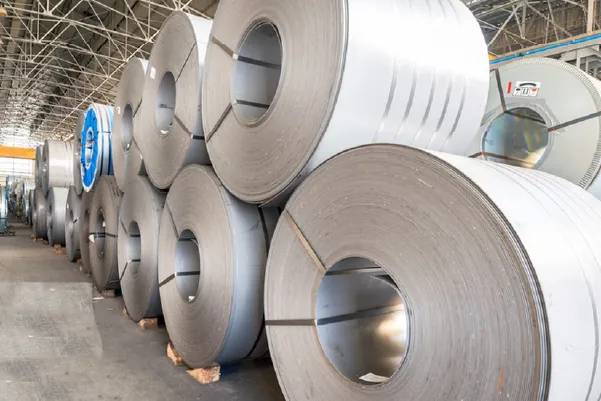
At MFY, we treat raw material selection as the most critical step. You simply cannot create a world-class product from second-rate inputs. It’s a principle I’ve stood by my entire career. We have an incredibly rigorous vetting process for our suppliers of hot-rolled coils. Before a single coil enters our facility, we analyze its mill test certificate (MTC)[^2] to verify its chemical composition and mechanical properties. This isn't just a box-ticking exercise; it's about predicting the final performance of our CRFH coils. We look for a tightly controlled balance of elements like carbon, manganese, and silicon, as even minor deviations can impact the material's hardness and rolling behavior. This focus on the source material is a core part of our integrated supply chain advantage. It allows us to guarantee a level of consistency that our clients depend on for their own high-stakes manufacturing operations.
Essential Raw Material Checks
Our quality assurance begins long before the cold rolling[^3] mill starts. We focus on two primary areas:
- Chemical Composition: We ensure the elemental makeup matches the required grade specifications for strength and corrosion resistance.
- Physical Integrity: We inspect for surface defects, uniform thickness, and proper dimensions in the initial hot-rolled coil.
Typical Specification Targets
Below is a simplified table showing what we look for in a common grade used for CRFH production.
| Parameter | MFY Standard | Reason |
|---|---|---|
| Carbon (C) | < 0.10% | Controls hardness and weldability. |
| Manganese (Mn) | 0.30% - 0.60% | Enhances strength and hardness. |
| Surface Defects | Zero tolerance | Prevents imperfections in the final product. |
| Thickness Variance | < ±0.02mm | Ensures uniform cold rolling and final gauge. |
What is the Step-by-Step Manufacturing Process?
Confused by the complex steps of steel manufacturing? A lack of process transparency can hide inefficiencies and quality gaps. We follow a clear, optimized, step-by-step process for predictable results.
The CRFH coil manufacturing process involves three main stages: first, pickling to remove surface scale from the hot-rolled coil; second, multi-pass cold rolling to reduce thickness and increase hardness; and finally, precision coiling of the finished full hard strip.
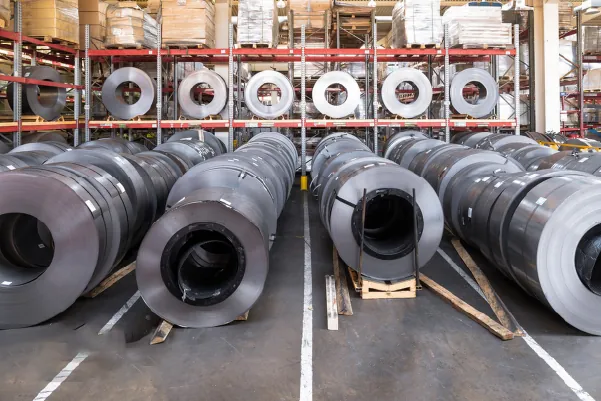
This process is a blend of brute force and delicate precision. At MFY, we’ve heavily invested in integrating advanced automation and real-time monitoring to elevate this traditional process into a high-efficiency system. It’s one thing to describe the steps, but it’s another to see them executed with the level of control we demand. Our cold rolling mills, for example, are equipped with sensors that continuously measure thickness, flatness, and surface texture. This data is fed back into the system in milliseconds, allowing for automatic adjustments to roller pressure and speed. This isn't just about efficiency; it's about proactive quality control. We're not just making CRFH coils; we're engineering them in real-time to meet exact specifications, which is a key part of our vision to be the leading international trade and service brand in this industry.
Stage 1: Pickling and Oiling
Before we can roll the steel, we have to prepare its surface. The hot-rolled coil arrives with a layer of iron oxide scale. We run the coil through a series of acid baths (pickling) to completely remove this scale, revealing a clean, uniform surface. It's then rinsed and oiled to prevent rust and aid in the rolling process.
Stage 2: Cold Reduction Rolling
This is the heart of the process. The clean coil is fed through a series of massive rollers under immense pressure. This is done without heat, hence "cold rolling." Each pass reduces the coil's thickness and work-hardens the steel. Our automated gauge control systems ensure we achieve the target thickness with micron-level accuracy across the entire length and width of the coil.
Stage 3: Final Coiling
Once the final thickness and hardness are achieved, the steel strip is carefully wound into a tight, uniform coil. We control the tension and speed to ensure the coil is stable, easy to handle, and ready for shipping or further processing without any risk of damage.
What Quality Control Measures Are Used in Production?
Do you fear that hidden defects will only appear during your production? In-process failures are costly and disruptive. Our real-time quality control measures catch deviations instantly, not at the end.
Modern quality control for CRFH coil production relies on integrated, real-time monitoring systems. This includes automated sensors for thickness and width, surface inspection cameras, and data analytics to ensure every meter of the coil meets exact specifications as it is being produced.
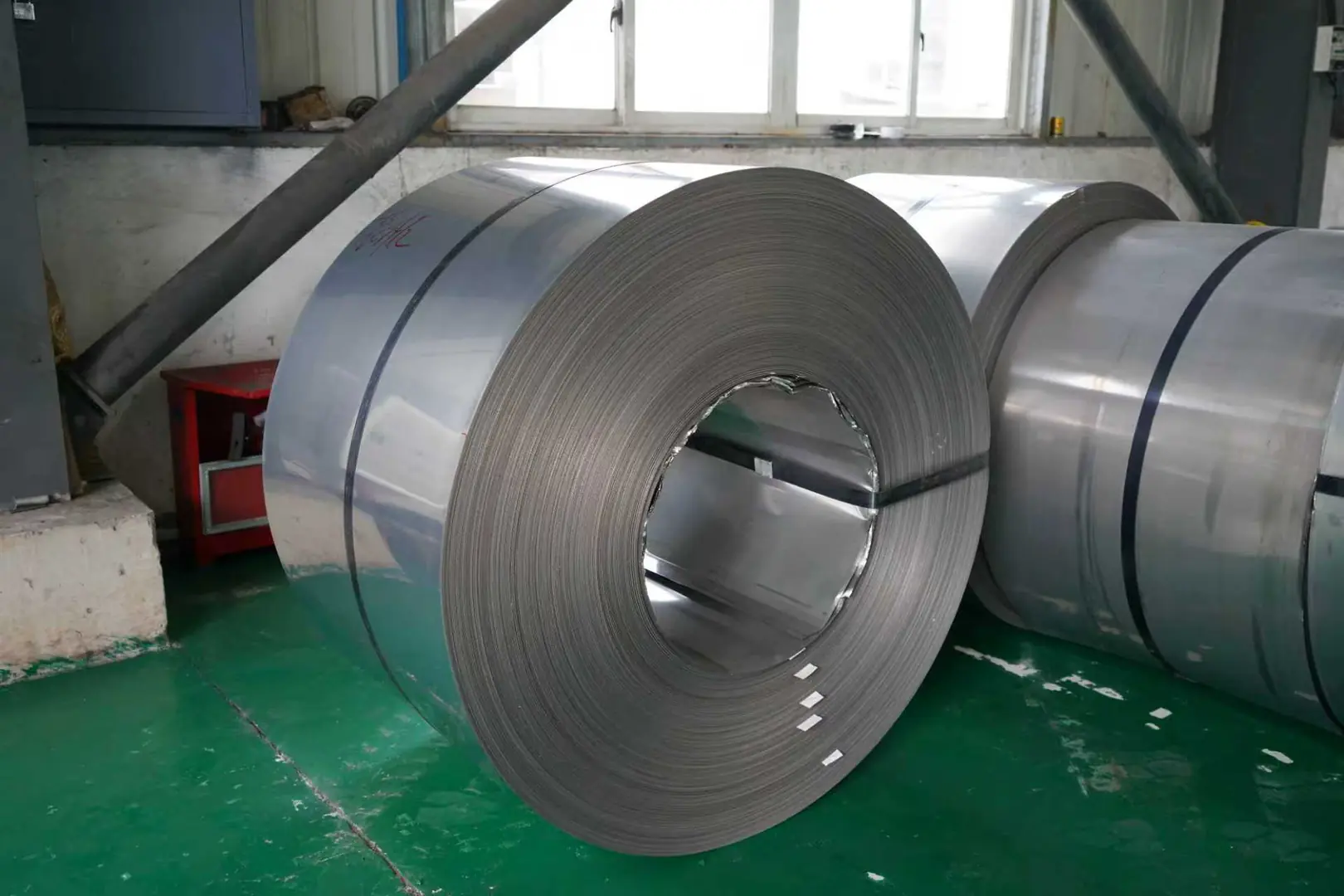
This is where technology truly gives us a competitive edge. In the past, quality control was often a final inspection step. You’d produce an entire coil and then test a sample. If it failed, the whole coil was suspect. Today, at MFY, our philosophy is about defect prevention, not just detection. I’ve personally championed the integration of real-time monitoring because it shifts the entire paradigm. Our operators aren't just watching machines; they are monitoring live data streams that tell them about the health of the process. If a sensor detects a slight deviation in thickness, an alarm sounds, and the system can even make micro-adjustments automatically. This continuous feedback loop ensures that quality is built into the product from the first meter to the last, reducing waste and guaranteeing the consistency our partners in demanding sectors like construction and automotive require.
Traditional vs. Modern QC
The evolution of quality control in our industry has been dramatic.
| Method | Traditional QC (Reactive) | Modern QC at MFY (Proactive) |
|---|---|---|
| Inspection | Manual spot checks, end-of-line sampling. | Continuous, automated, in-line sensors. |
| Data | Recorded manually, analyzed later. | Collected in real-time, instant feedback loop. |
| Defect Handling | Scrap or downgrade entire coils after production. | Identify and correct deviations instantly, preventing waste. |
| Goal | Catch defects. | Prevent defects from ever occurring. |
Key Technologies We Employ
- X-Ray Thickness Gauges: Provide non-contact, continuous thickness measurements.
- Automated Surface Inspection Systems (ASIS): Use high-speed cameras and AI to detect tiny surface flaws.
- Statistical Process Control (SPC): Software that analyzes data trends to predict and prevent process deviations.
How is the Final Product Evaluated?
How can you be sure the coil you receive matches the spec sheet? A certificate without verifiable data is just a piece of paper. We provide comprehensive evaluation reports with every shipment.
The final product evaluation for CRFH coils involves a series of rigorous mechanical and dimensional tests on samples from each coil. This includes tensile, hardness, and surface roughness tests to verify that the product meets all customer and international standards before shipment.
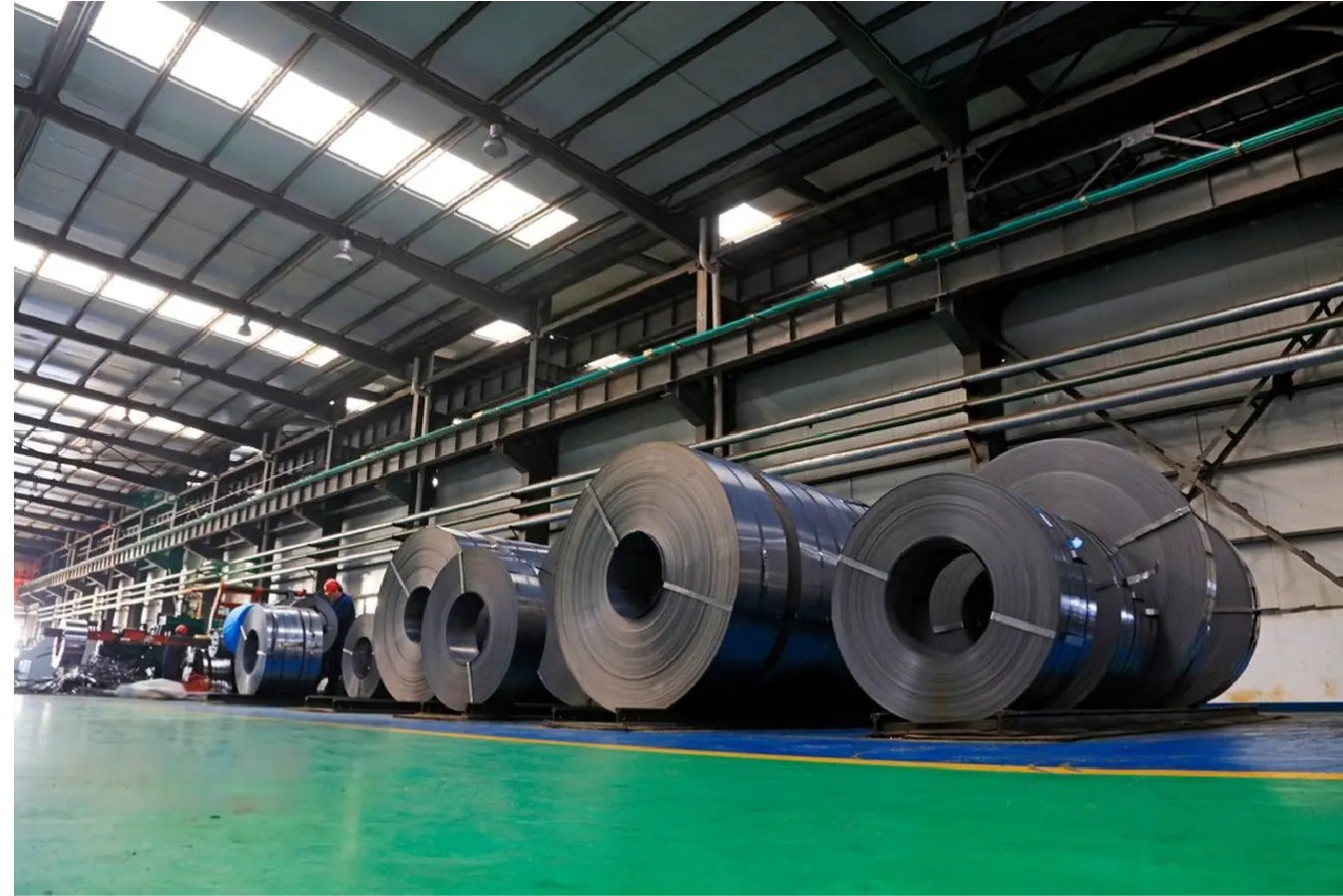
This final step is our promise to the customer. After all the advanced in-process controls, we conduct a final, comprehensive evaluation in our on-site laboratory. This is where we formally certify the product's properties. I remember a conversation with an engineering contractor who told me, "Cosmos, your MFY coils perform exactly as the data sheet says they will. There are no surprises." That is the highest compliment we can receive. It’s the result of our meticulous final testing. We take physical samples from the finished coil and subject them to a battery of tests to confirm everything from its ultimate tensile strength to its surface finish. This data isn't just for our records; it forms the basis of the Mill Test Certificate that accompanies every coil we ship, giving our clients complete confidence and traceability.
Core Evaluation Tests
Our state-of-the-art lab performs several key tests to guarantee quality:
- Tensile Test: We pull a sample to its breaking point to measure its yield strength and ultimate tensile strength. This confirms the material's structural performance.
- Hardness Test: Using methods like Rockwell or Vickers, we measure the material's resistance to indentation, verifying its "full hard" state.
- Dimensional & Shape Analysis: We use precision instruments to check for exact thickness, width, camber, and flatness, ensuring the coil will run smoothly in our customers' equipment.
This final verification closes the loop on our quality-optimized process, ensuring the CRFH coil that leaves our facility is a benchmark for reliability and performance.
Conclusion
In summary, achieving a high-quality, high-efficiency CRFH coil is not about a single action but a fully integrated system. It begins with premium raw materials and is sustained by technology-driven processes, real-time controls, and meticulous final validation. This is how we deliver excellence at MFY.
Have Questions or Need More Information?
Get in touch with us for personalized assistance and expert advice.

